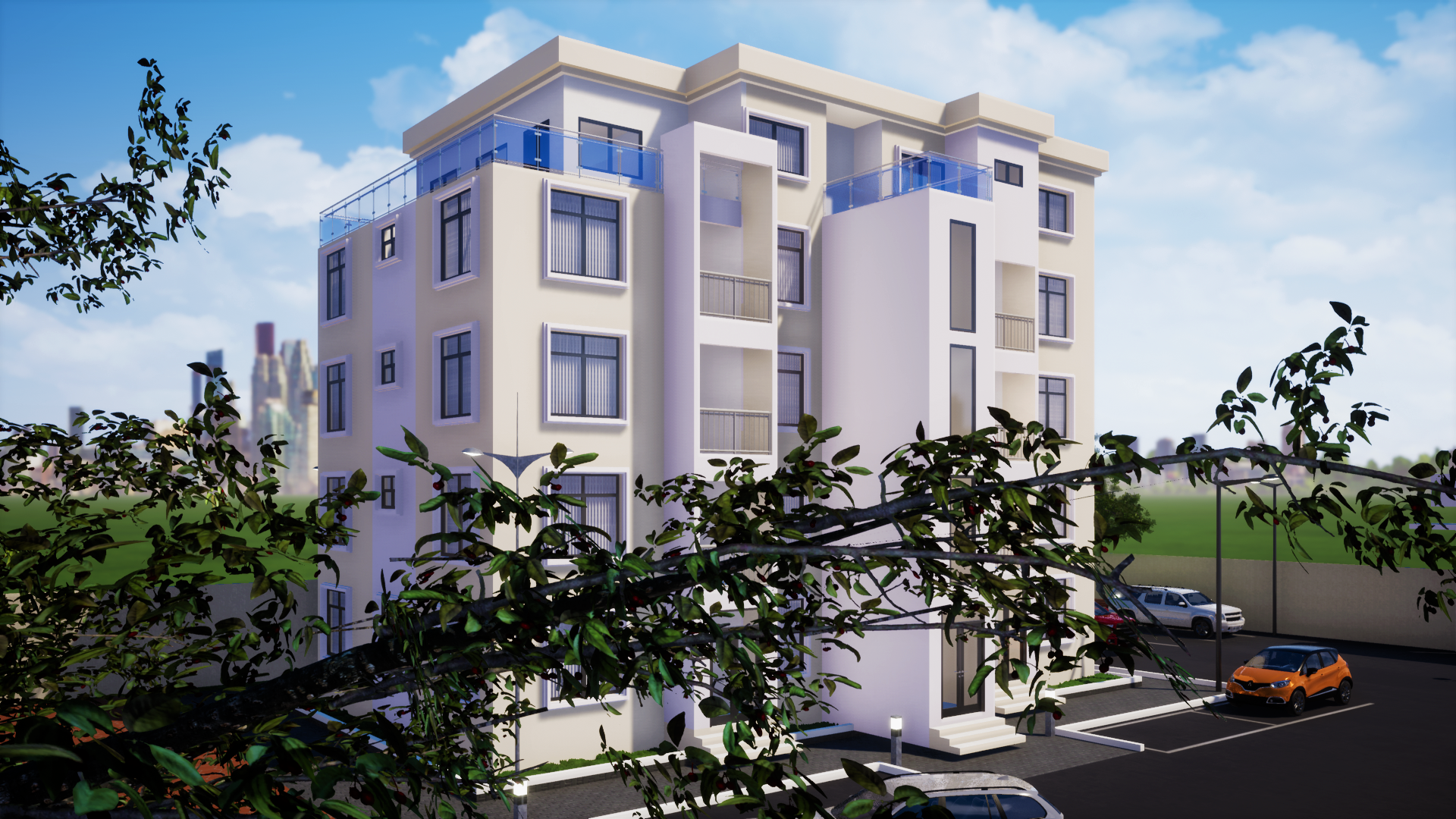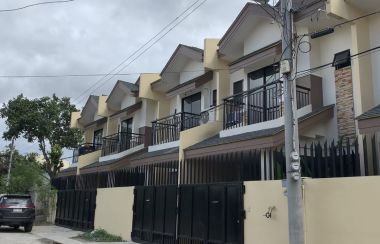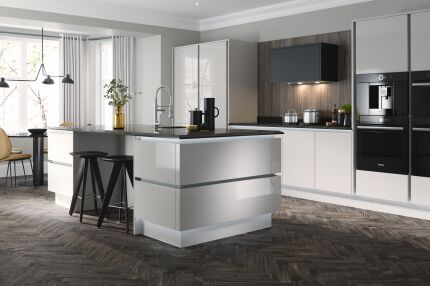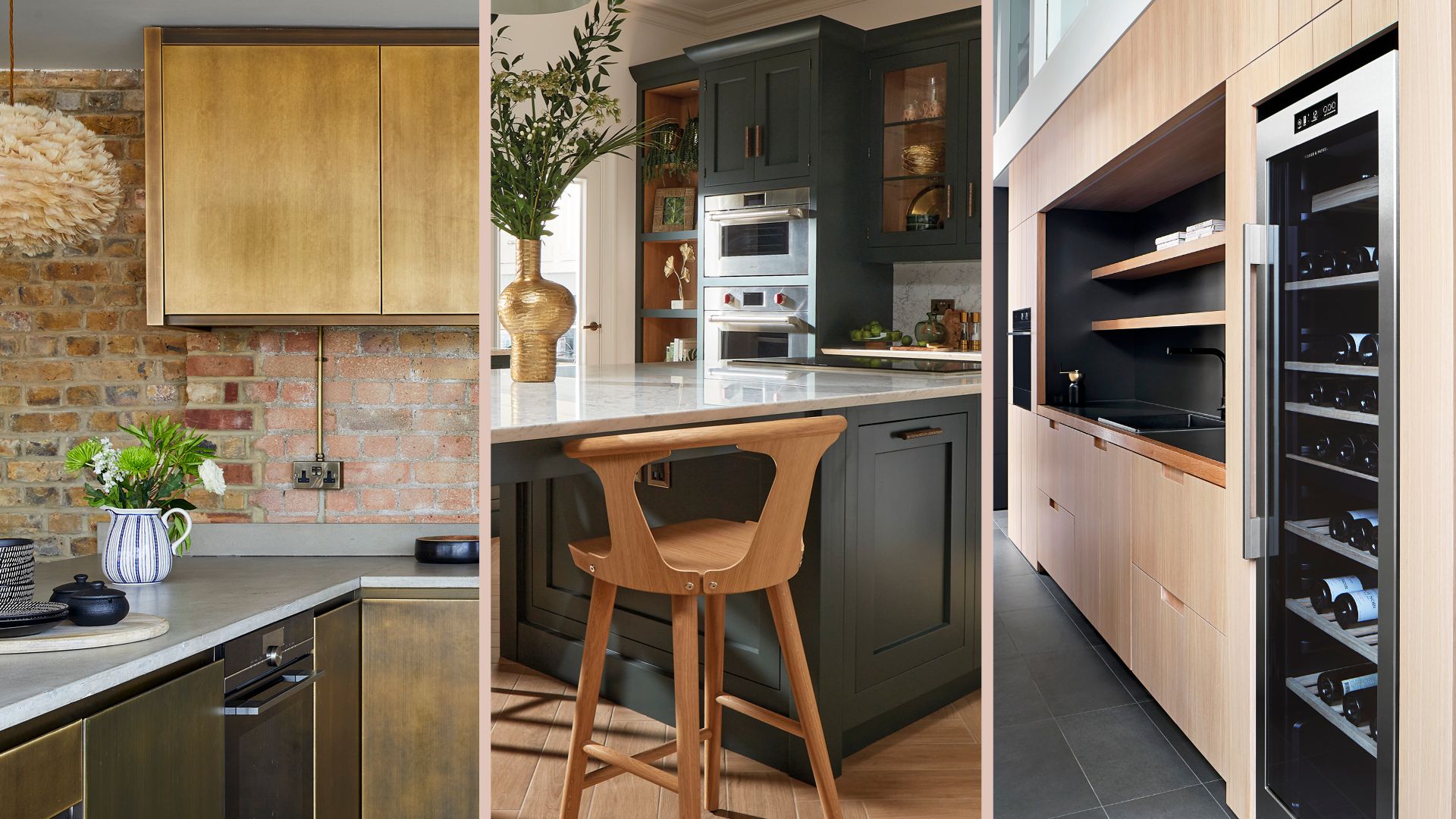Adding a Mudroom: Is It Worth It?
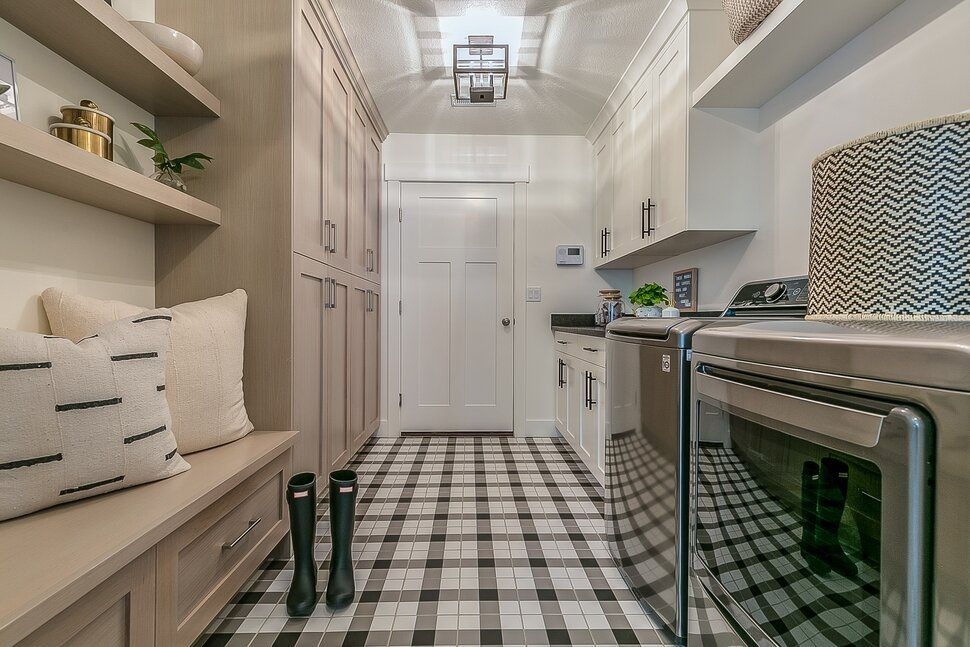
The mudroom is more than just a place to take off your dirty boots. It provides an organized and dedicated space and serves as a catchall for messy outwear and other odds and ends. A well-built mudroom addition can also potentially add value to your home and entice prospective buyers. However, a mudroom must be thoughtfully designed with extra storage, features and space that suits your family’s needs.
- What is a mudroom?
- How to add a mudroom to your house.
- The cost of adding a mudroom.
- Pros and cons of adding a mudroom.
- Different styles of mudrooms.
 BOOK YOUR SEAT NOW
BOOK YOUR SEAT NOW
What Is a Mudroom?
A mudroom is an entry area in your home where you can remove and store shoes, coats, hats, bags, sports equipment and more. The mudroom acts as a useful boundary between the outdoors and the inside of your house, preventing dirt and debris from making its way into the rest of your home.
The location of the mudroom will depend on the layout of your home, but it's typically found inside the entryway to your home or near the garage. Mudrooms can also vary in size and purpose, and may even be combined with other household areas like the laundry room or pantry.
How to Add a Mudroom to Your House
If your home didn’t come with a mudroom, you can always add one. According to This Old House, there are four main options: You can add an addition to your home, convert a porch, create a mudroom by expanding into an adjacent room or closet or repurpose space in an attached garage. The existing layout of your home will be the biggest determining factor as far as its location.
Another important consideration is the materials. Mudrooms get dirty, so you should consider using materials that are durable, easy to clean and won’t be easily damaged by water or moisture.
Don’t forget about permits. Depending on the construction project, a permit may or may not be necessary. Permits are generally required for additions or major changes to your home's structure or systems. Contact your local building department to determine if you need a permit to add a mudroom to your home.
The Cost of Adding a Mudroom
Some mudrooms, such as a closet conversion, are feasibly DIY projects. However, if you want to build an addition or convert large spaces into a mudroom, then hiring a professional may be a better option. Plus, a well-built mudroom could potentially add value to your home.
Most homeowners pay an average of $12,000 to add a mudroom to an existing home for a basic design, but the cost depends on the type of addition.
- Garage mudroom: The average cost ranges from $8,000 to $16,000, with basic changes having a lower project price. If you plan to add walls, it could cost $1,800 on average for each new wall.
- Bump-out mudroom: You can expect to pay a premium for a bump-out mudroom, which requires a new foundation. The price can range from $17,000 to $30,000.
- Built-in mudroom: The price ranges from $8,000 to $16,000, but depends on where you intend to build this room, the size and features you wish to include.
- Porch conversion: Enclosing a 200-hundred square foot porch with mesh to use as a mudroom will cost at least $2,500. Walls will cost several thousand dollars.
- Closet conversion: Converting a closet into a mudroom will usually cost no more than $4,500.
Additional features will push up the final price tag. For example, the price of a custom-built mudroom bench can range from $200 to over $2,000 and mudroom cabinets range from $500 to $1,200 per linear foot.
Pros and Cons of Adding a Mudroom
Pros:
- Less dirt makes its way into your home and stays contained in one area.
- Protects your home from the elements.
- Adds extra storage space and acts as a designated area for outwear, mail, bags and more.
- Additional storage and extra square footage (if you built an addition) could increase the value of your home and make it more attractive to potential buyers.
- It can help increase organizational efficiency in your household.
Cons:
- It’s easy for mudrooms to get dirty and out of control, which may defeat its original purpose.
- The cost to install a new mudroom can be expensive and you may need a permit.
- Potential damage to flooring or other areas if wet items are left sitting.
- They can start to smell if wet items are left for long periods of time.
- Converting existing space means taking away an area that might have been in use.
- There may be restrictions depending on where you live. For example, some ordinances don’t allow homeowners to add space too close to property lines, or there may be a restriction on the height of the new addition.
Different Styles of Mudrooms
Mudrooms are all about efficiency and features may vary depending on the needs of the household. However, there are some key elements that can help reduce clutter and improve functionality.
- Storage bench: A storage bench allows for additional storage as well as a spot where you, your family and any guests can sit down to take off shoes. Storage benches come in a variety of sizes to fit even the smallest of spaces.
- Baskets and bins: Instead of leaving shoes piled by the door, they can be stored and kept out of the way in baskets or bins.
- Cubbies, shelving or wall hooks: If there’s space, wall-mounted cubbies, shelving and hooks can keep items organized and off of the floor.
- Floor mats or rugs: Keep mud, snow and water off the floor with proper floor mats or rugs.
- Small table: Use a small table with a dish for keys or a small basket for mail.
- Extra closet space: If you have plenty of space to work with, consider adding an additional closet to the mudroom to expand your storage options.
The mudroom is an extension of the home, which means that you can also design this space around the style of your home. For instance, add a touch of farmhouse style to your mudroom by using wicker baskets for storage or a shiplap accent wall. For a modern or contemporary feel, add herringbone-patterned floor tiles or a large contemporary chandelier.




.jpg)




























